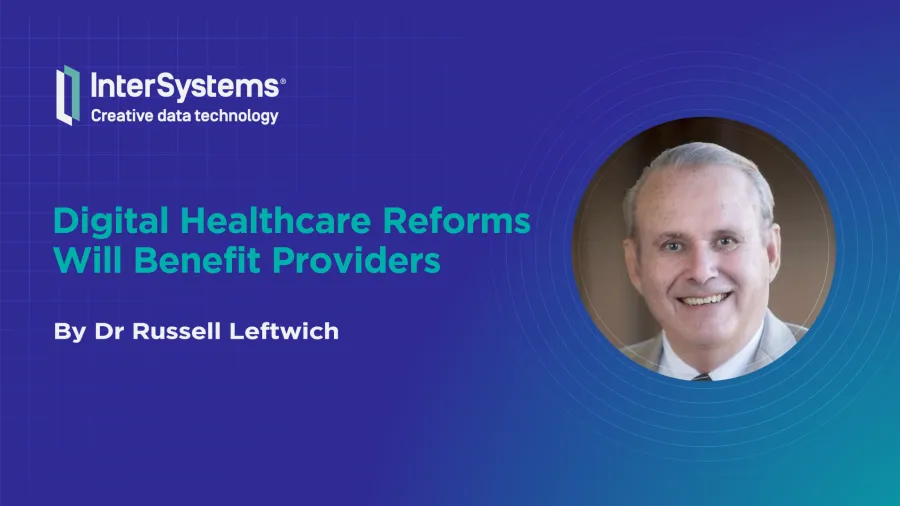
Digital Healthcare Reforms Will Benefit Providers
Healthcare reforms like SATUSEHAT in Indonesia will encourage healthcare providers to adopt the FHIR health data standard and set them up to benefit from data analytics
Effective communication between healthcare professionals, hospitals, patients and government entities can make a big difference in enabling timely and effective care and addressing potential gaps in treatment.
Digitisation of medical records and communication promises to improve the efficiency of care and improve outcomes. However, hospitals and clinics use different systems that cannot “speak” to each other in a way everyone can understand. And Asian healthcare providers and their patients are missing out on the benefits.
Now, governments are moving to turn things around with the latest HL7® FHIR® health data standard. Indonesia, for example, is driving digital transformation with FHIR – pronounced “fire” – and its SATUSEHAT national integrated health data exchange platform.
By getting Indonesian providers to share medical records with SATUSEHAT securely, patients won’t need to take them to appointments, and duplicate testing and other wasted effort will be reduced. With vast volumes of information, SATUSEHAT also promises deep insights from data analytics to streamline service delivery.
Healthcare Asia spoke with Dr Russell Leftwich, Senior Clinical Advisor, Interoperability for InterSystems and Adjunct Assistant Professor of Biomedical Informatics at Vanderbilt University School of Medicine, to delve into the significance of a common language for medical care and how digital healthcare reforms will benefit providers and patients.
Healthcare “Like the Tower of Babel”
Dr Leftwich said healthcare systems were currently “like the Tower of Babel”, where the multitude of existing standards is like people speaking different languages. As a result, healthcare was plagued by miscommunication, a significant contributor to medical errors and poor outcomes.
Like the universal language English, FHIR gives a semantic structure and meaning to health data content that can be universally understood, explained Dr Leftwich. “What makes FHIR stand out is that it also provides a unique web-based identifier. This means FHIR can be used to manage not just the content but also the logistics of the data across entire organisations, regions or even nations. This is unprecedented and makes FHIR a very powerful tool, like a universal translator.”
Using FHIR, information can flow easily between healthcare providers, patients and governments for better collaboration and decision making on treatment and population health. “With the FHIR standard, everyone involved can understand and interpret information consistently,” he said. “I have seen hospitals in Japan, Australia and elsewhere meaningfully exchange health data with FHIR.”
Because FHIR is a web-based standard, existing techniques can be used to manage the transport and security of information. “Previous healthcare data standards weren’t designed to work over the Internet,” said Dr Leftwich. “They didn’t verify the sender and receiver's identity and couldn’t connect to medical or consumer devices.”
Providers needed a standard that would keep up with rapid advances in medical technology, as well as new data types and more data from more sources, Dr Leftwich added. “More and more medical information is available via the Internet. Even electronic medical records are now web-based. FHIR is a way to future-proof patient information and embrace standards to support new technology, which is 100% web-based.”
Overcoming Data Complexity Challenges
Dr Leftwich noted that one of the biggest challenges in implementing FHIR is agreeing on a standardised way to collect data – for example, deciding what terminology to use when there are different ways of describing the same thing, such as “hypertension” or “high blood pressure.”
“One of our partners identified 58 units of measurement for routine white blood cell counts,” said Dr Leftwich. “There are also several names and brands for the same drug, and multiple terms and numerical codes for a medical diagnosis. Agreeing on the same syntactic structure and the same semantic interpretation is critical.”
Digital healthcare reforms like Indonesia’s SATUSEHAT face other challenges, like low levels of current digital maturity, which means most healthcare providers don’t have the capability or expertise to provide data in the correct format.
“That is why we have developed a new solution,” said Dr Leftwich. “The InterSystems IRIS for Health™ – Indonesia Edition captures, maps, transforms and routes cleansed data to SATUSEHAT and validates the delivery for peace of mind. It does the heavy lifting for what could otherwise be a resource-intensive and overwhelmingly complex process. In addition, IRIS for Health enables organisations to create their own FHIR repository so that they can use the structured and cleansed data for analytics and business intelligence.”
Benefits for Healthcare Providers
Instead of seeing healthcare reform as a compliance issue, Dr Leftwich sees it as an opportunity for progressive healthcare organisations to unlock the power of their data.
“As healthcare providers invest in connecting to and sharing clean, standardised data with government initiatives like SATUSEHAT, why not also use it to boost their digital maturity and generate benefits for their businesses and patients?”
With the IRIS for Health – Indonesia Edition, in addition to SATUSEHAT compliance, providers get data repositories of clean, normalised data for advanced analytics, he said. “They can connect to medical devices such as smart watches and other wearables, mobile apps and insurance systems, to name a few data sources. And they can gain actionable insights to improve patient care, experience and engagement, and streamline their operations.”
The importance of establishing a common language for medical care cannot be overstated. Isolated systems hinder effective communication and have become a significant barrier to providing timely and effective care. By embracing FHIR and data analytics, according to Dr Leftwich, we can tear down the wall that blocks interoperability not only between systems, applications and people within an organisation but also across regions and nations.
Dr Leftwich will be discussing the importance and evolution of FHIR in Asia at the InterSystems Asia Healthcare Summit on 21-22 August in Jakarta. Learn more about this event at: https://iscasiasummit2024.splashthat.com/


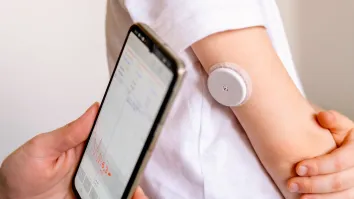


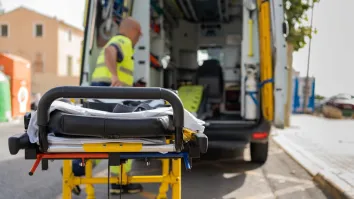




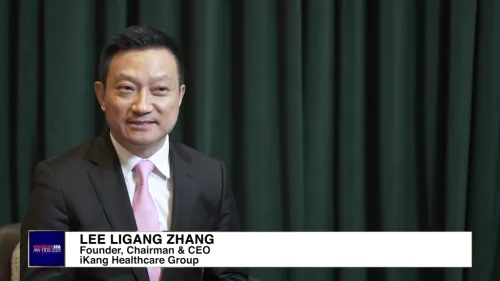
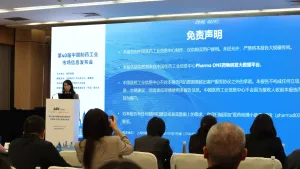
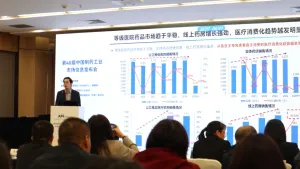
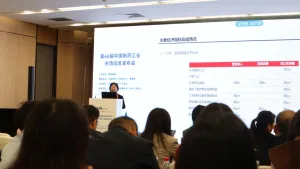
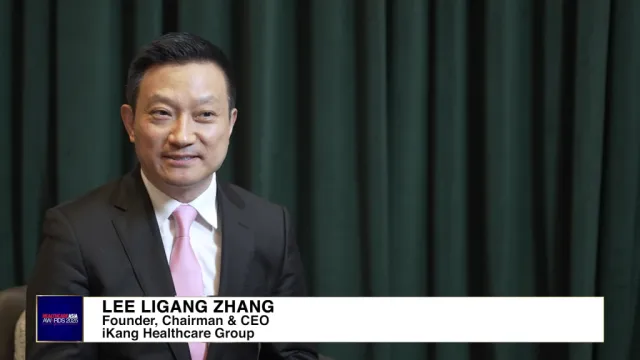


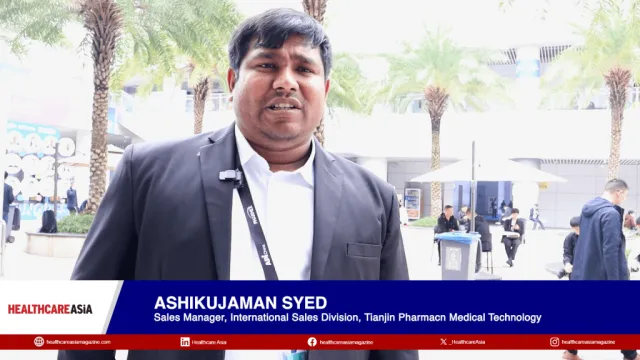
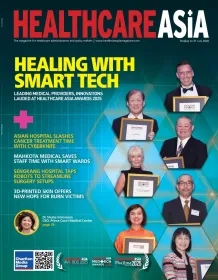
 Advertise
Advertise






